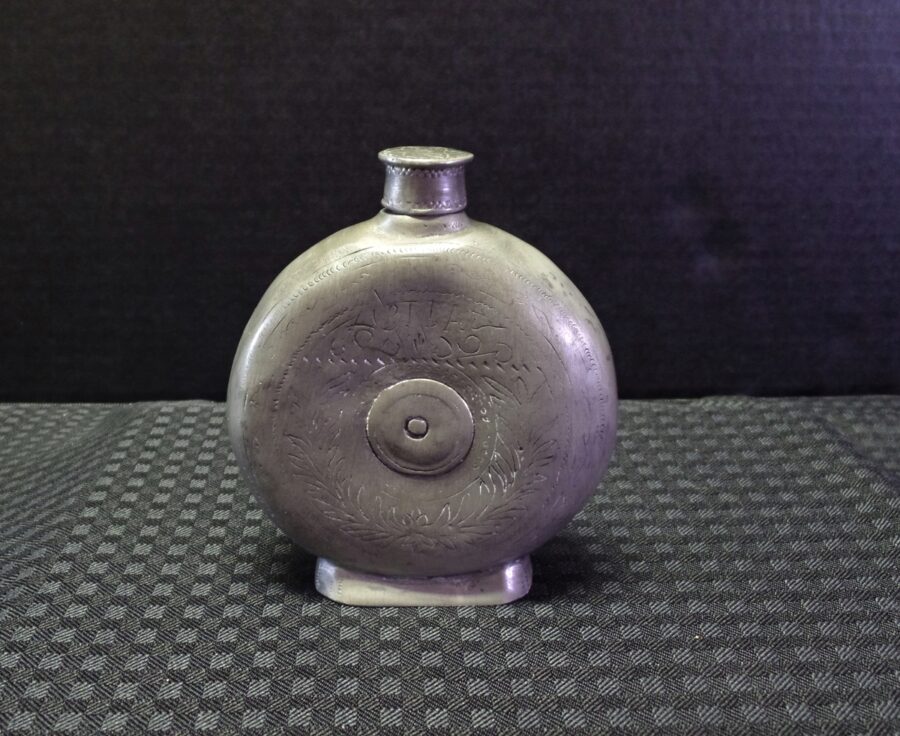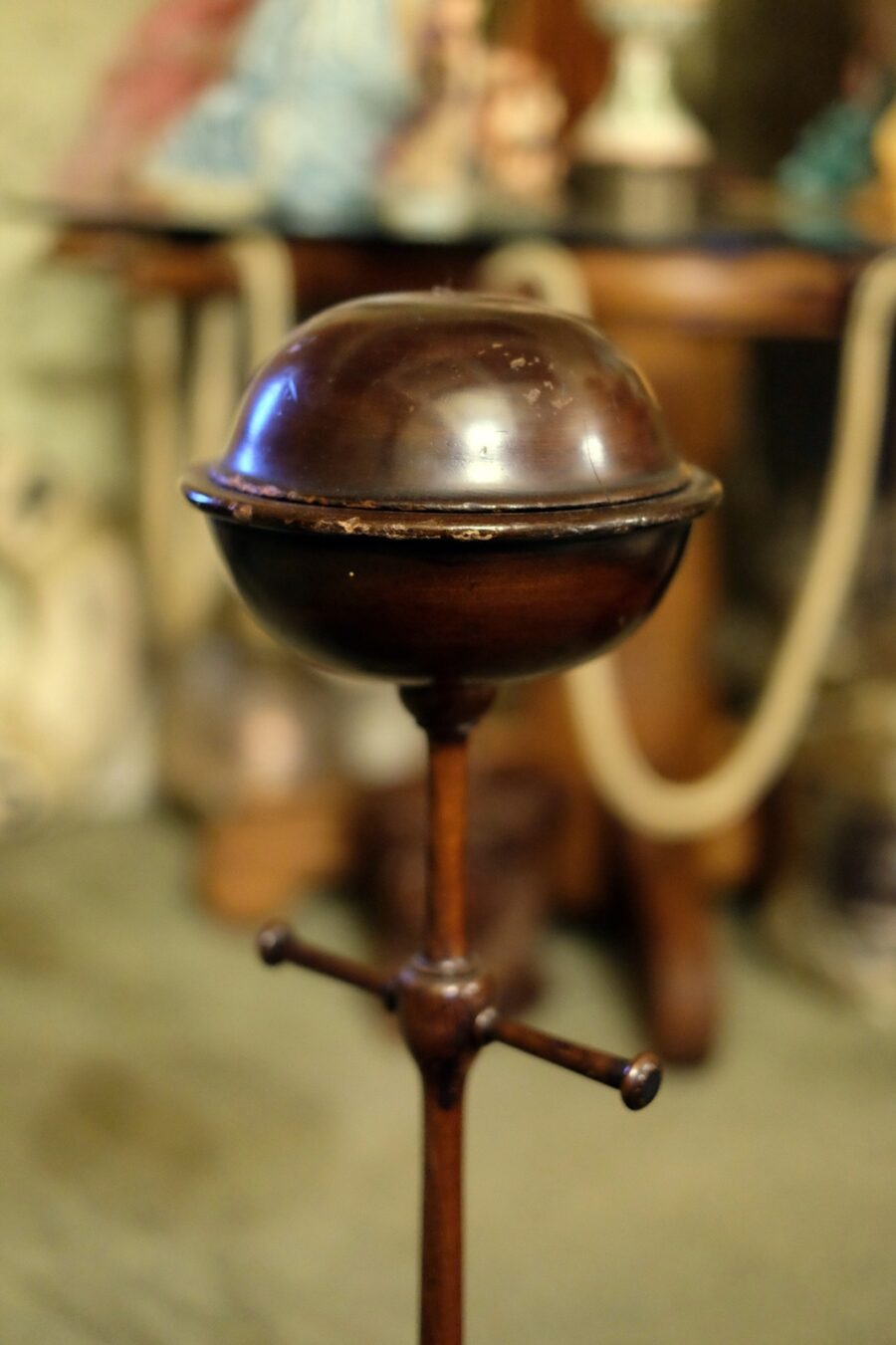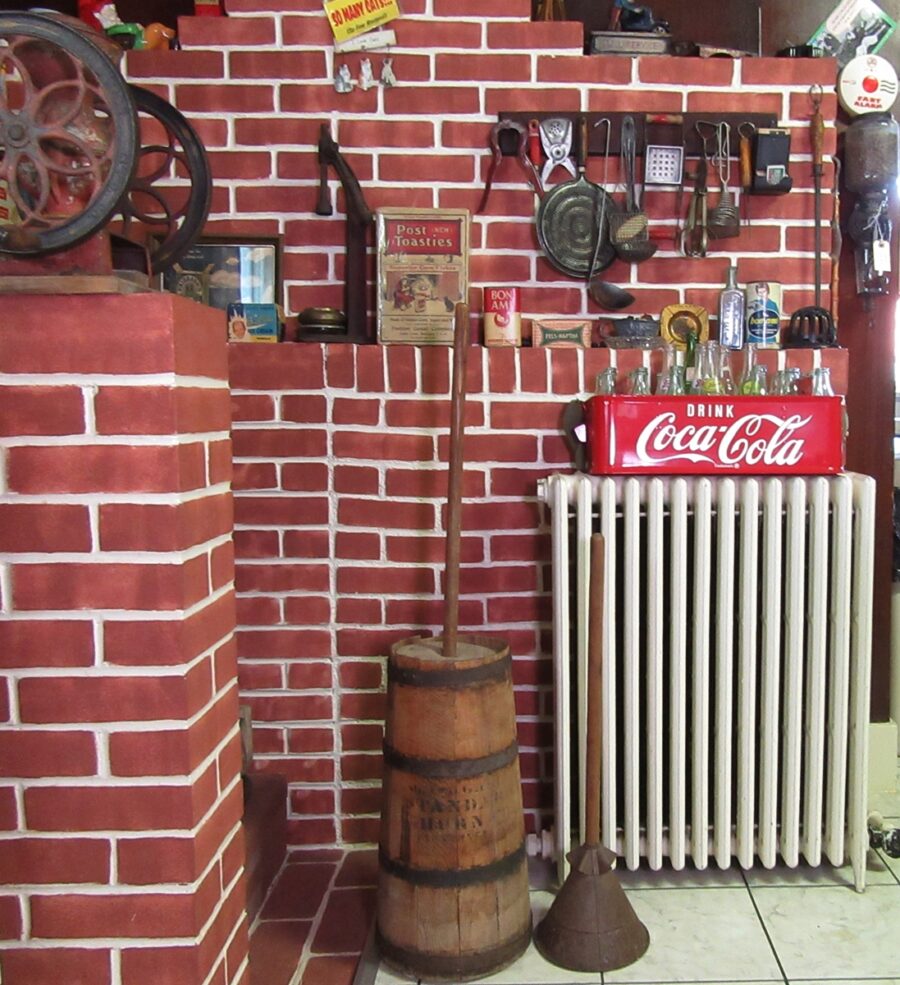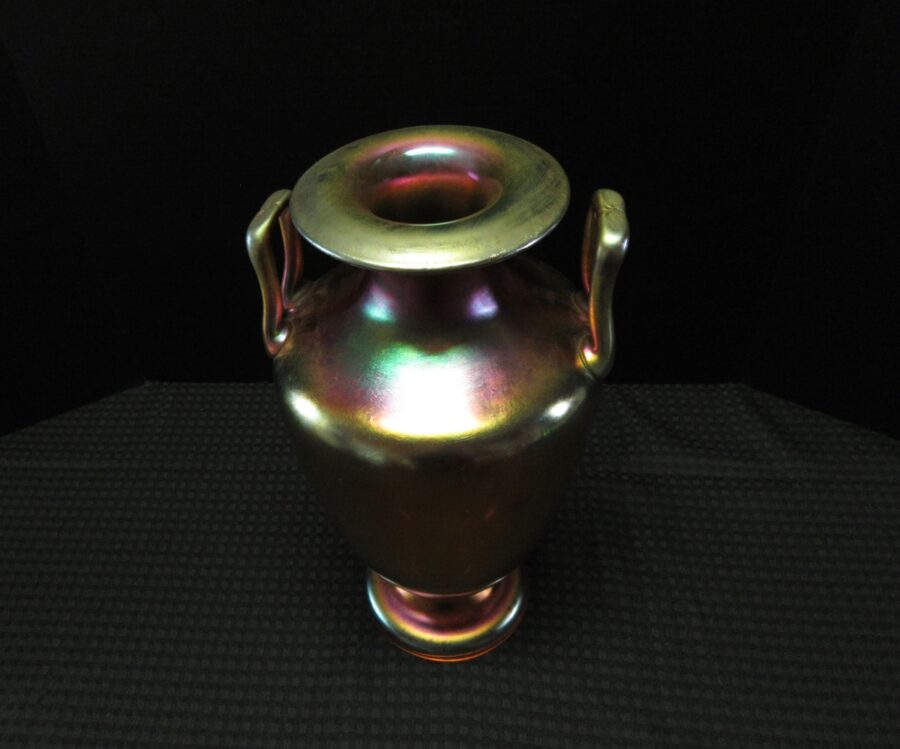Description
Very nice round butter dish with a perfectly intact cover. Cranberry coloring and vibrantly white scene. Later period Mary Gregory item.
Vinegar Cruet Stoppered Bottle – SOLD
Covered Dish – AVAILABLE
There are two very distinct classes of Mary Gregory glass. The first and by far the most desirable, are peices created between 1870 to 1939, when manufacture was almost entirely by hand and pieces were blown mostly freehand in Bohemia. The second and much more common, is that made after the Second World War until the present day using mass production methods .
White enamel figures of children hand painted on colored or crystal glass was first developed by the artisans of Bohemia. One of the major contributors to developing white enamel painting was Friedrich Egermann. He developed this style during the early 1800s. This type of decorating is known in Europe as Quarkmanl, which means “White People”.
The original Egermann glass was imported into the United States and was soon being copied by several glass houses. One of the major glass companies at the time in the United States was the Boston and Sandwich Glass Company. Mary Gregory was one of their top decorators and worked there during the 1870s through 1880s. It has been speculated from early researchers that she used examples of these special painting techniques, to develop her own style.
This style of painting done in the United States was soon associated with Mary Gregory. Somewhere along the way and no one can say for sure when, the glass painting style began to be referred to as Mary Gregory. Now her name has become synonymous with the painting of children in white enamel on glass, no matter which company made it. The Julius Muhlhaus company of the Novy Bor area produced some of the finest examples of the white enamel decoration. While children were primarily depicted, adult figures were also used along with animals and birds, which are much sought after because of their rarity of creation.








